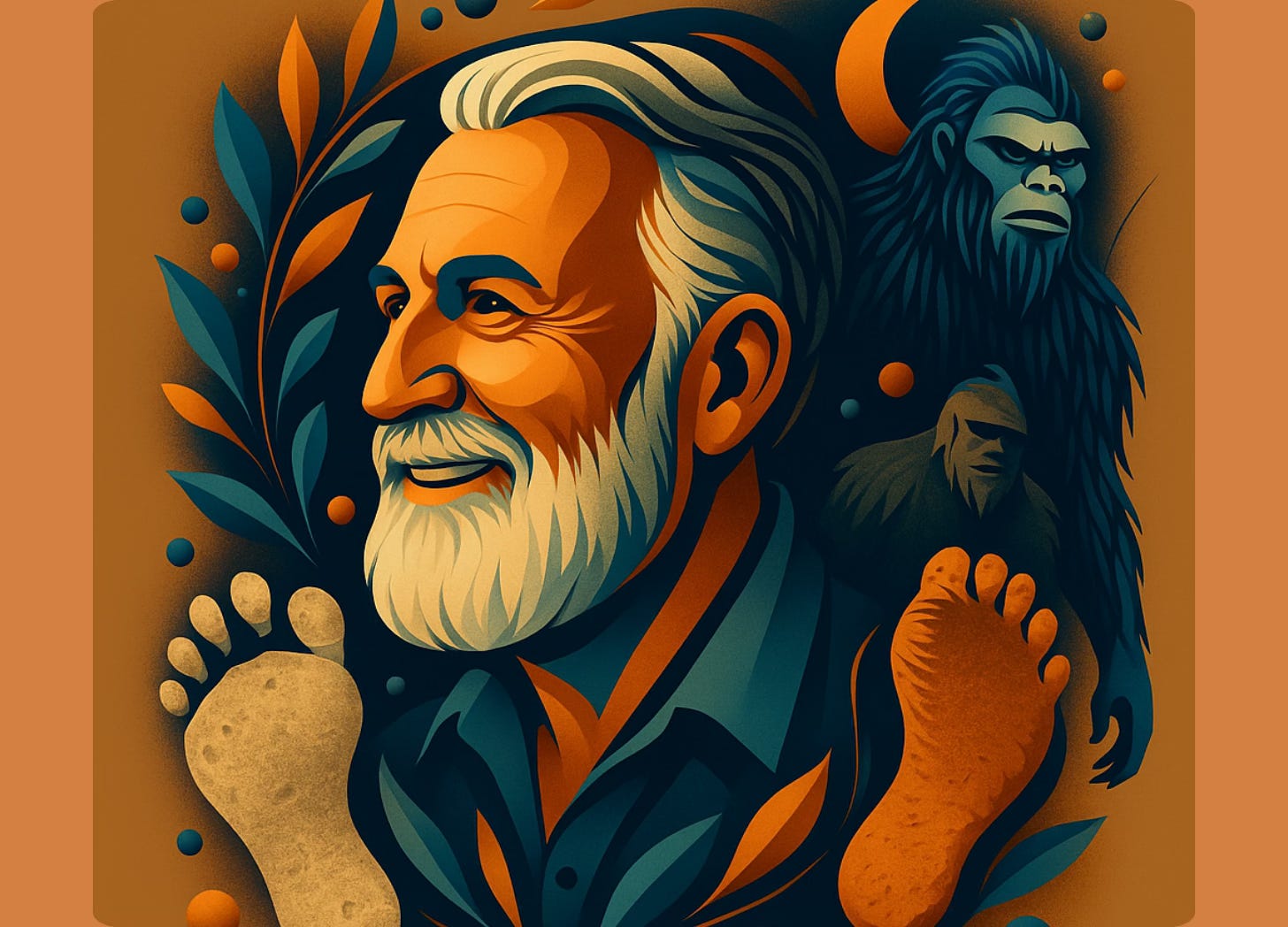The Courage to Conclude
Science, Serendipity, and Dr. Jeffrey Meldrum's Big Footprint

A few weeks ago, I wrote about a serendipitous visit to The Sasquach Museum and Rese…
Keep reading with a 7-day free trial
Subscribe to The Signal & The Spiral to keep reading this post and get 7 days of free access to the full post archives.


